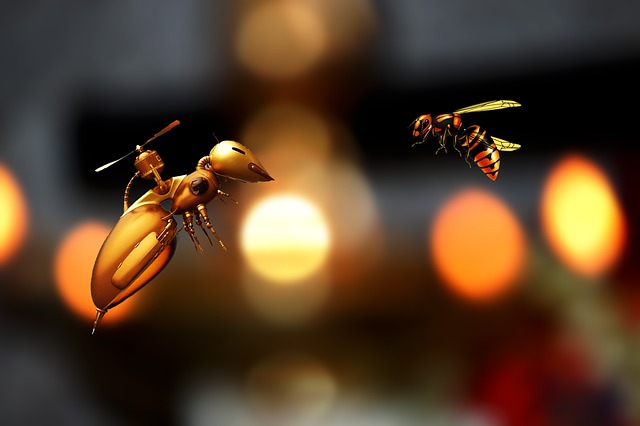Do we need Artificial Pollination if we have Multispecies Justice in the Anthropocene?
DOI:
https://doi.org/10.31273/eirj.v10i2.966Keywords:
Multispecies justice, insect pollinators, pollinator crisis, artificial pollination, industrialised agriculture, technologyAbstract
The era we now live in is termed the Anthropocene. Climate change, land use change, pesticide and insecticide use, and pollution are all contributing to pollinator loss. To ensure food crops continue to be pollinated, artificial pollinator technologies are being developed. This article asks the question: do we need artificial pollination if we have multispecies justice in the Anthropocene? Three examples of artificial pollination technologies, Edete, Olombria, and RoboBee, are provided to help address this question. However, the companies designing and developing artificial pollination technologies do not aim to address the underlying problems of pollinator decline such as habitat loss and climate change. Addressing problems such as pollinator loss with the use of digital technology puts humanity onto the course of uncertain futures. For more just futures, there are calls for a turn towards multispecies justice. Considering pollinator loss through the lens of multispecies justice puts us on an altogether different course from that of using artificial pollination. With multispecies justice there is the potential for futures which are democratic, just, diverse, and sustainable for humans and the more-than-human world.
Downloads

Downloads
Published
Issue
Section
License
Copyright (c) 2023 Catherine Price

This work is licensed under a Creative Commons Attribution 4.0 International License.
Authors who publish with this journal agree to the following terms:
Authors retain copyright and grant the journal right of first publication with the work simultaneously licensed under a Creative Commons Attribution License (CC-BY), which permits use and redistribution of the work provided that the original author and source are credited, a link to the license is included, and an indication of changes which were made. Third-party users may not apply legal terms or technological measures to the published article which legally restrict others from doing anything the license permits.
If accepted for publication authors’ work will be made open access and distributed under a Creative Commons Attribution (CC-BY) license unless previously agreed with Exchanges’ Editor-in-Chief prior to submission.
Authors are able to enter into separate, additional contractual arrangements for the non-exclusive distribution of the journal's published version of the work (e.g., post it to an institutional repository or publish it in a book), with an acknowledgement of its initial publication in this journal.
Authors are permitted and encouraged to post their work online (e.g., in institutional repositories or on their website) prior to and during the submission process, as it can lead to productive exchanges, as well as earlier and greater citation of published work. (see: The Effect of Open Access)
